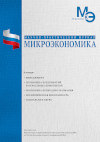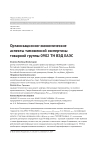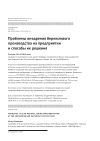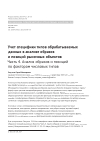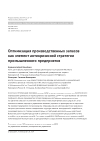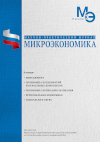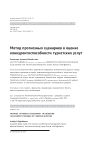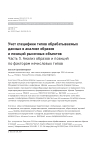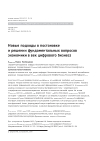Organization of logistical support for the civil air fleet in the period 1941–1945
DOI: 10.33917/mic-3.116.2024.29-36
The article presents in chronological order the contents of the documents created in order to provide the Civil Air Fleet with the required fleet of aircraft, fulfill the condition for their effective use, and organize all the necessary logistical support for the operation of the Krasnoyarsk air route. Documents regulating the supply of food to children’s institutions are also being considered.
References:
1. The activities of the SVAG Department for the study of the achievements of German science and technology in the Soviet zone of occupation of Germany. 1945–1949: Collection of documents / Ed. and the author of the introductory article V.V. Zakharov. Comp.: V.V. Zakharov, O.V. Lavinskaya, D.N. Nokhotovich. M.: «Russian Political Encyclopedia» (ROSSPEN), 2007. 704 p.
2. We have come to Victory by a difficult road…. Moscow. 1941–1945: Archival documents and materials / Comp. V.A. Artsybashev, S.S. Voitikov, S.D. Garnyuk, D.G. Davidenko. – M., 2015. 716 p.: ill.
3. Shepelev V.N. Directive documents of the State Budget Committee on the creation of the Moscow defense zone from the funds of the Russian State Defense Fund. November–December 1941. Historical Archive. 2016;1:3–35.
4. Leadership of the country’s defense industry during the war years. – The Oboznik website. URL: http://www.oboznik.ru/?p=41877/#2
5. Pryamitsyn V.N. The activities of domestic state bodies for the development of military hydrometeorology (1876–1945). Appendices to the dissertation, 2019. 321 p.
6. 1945 / Article in the collection of articles. The State Defense Committee of the USSR. Regulations and activities. 1941–1945. Annotated catalog. in 2 volumes. Ser. «Proceedings of the Russian Academy of Sciences». Volume 2. Moscow: Publishing house «Political Encyclopedia», 2015. pp.986–1220.
7. And the production of peaceful explosives. Kommersant. History. 26.08.2023. The Kommersant website. URL: https://www.kommersant.ru/doc/6183690





